If you want a sweet smelling plant that will attract bees, butterflies and hummingbirds to your garden you should have some bee balm. These plants thrive in the sun and will happily spread fairly quickly to give you a lovely display in either pink, red or white. Mine are all of the pink variety and I have a big clump right under the hummingbird feeder to help attract the little birds.
This perennial plant that pokes through the ground in early spring.
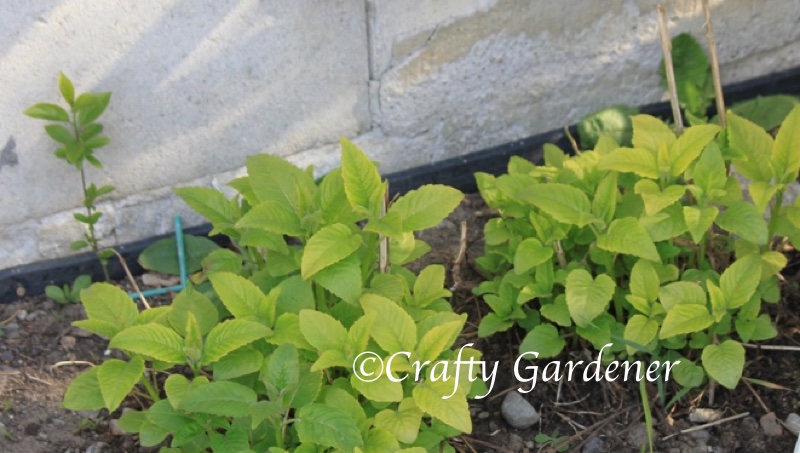
It can grow between 2.5 to 4 feet tall and usually doesn’t require any support. It thrives in sun and will tolerate just about any kind of soil. Once it pokes through the ground in the spring it is easy to divide and start new clumps in other parts of the garden or to share with friends, family and other gardeners. Like most plants when it gets quite dense it should be divided into smaller clumps. Bee balm can be affected by powdery mildew, especially if the clumps are really big and don’t allow a lot of air circulation.

If you pinch off stem tips you will encourage a bushy plant. I don’t do this on all the stems but on scattered ones throughout the plant. It blooms during July.

This is actually a member of mint family with edible flowers and leaves. It does spread quickly into a lovely clump of blooms.
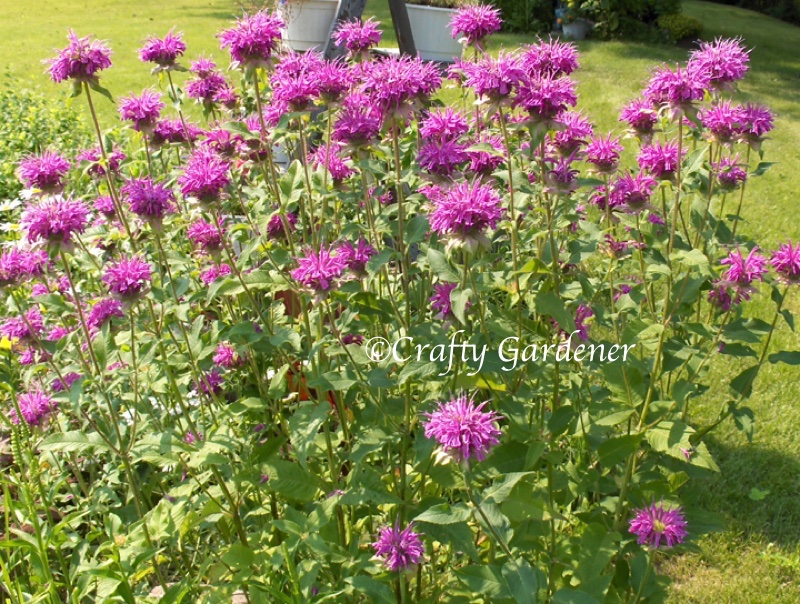
The plant has many herbal qualities. The leaves can be made into a tea and dried ones are lovely for scented sachets.
This plant is also known as bee balm, monarda, horsemint, oswego tea and bergamot.
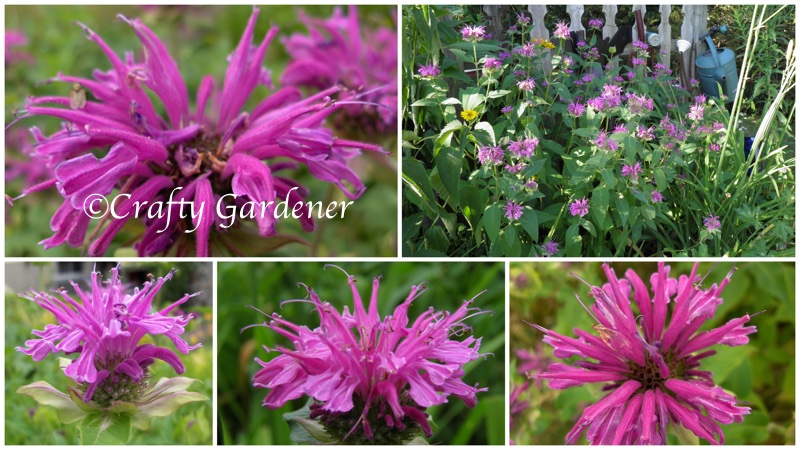
I cut mine back in the fall to encourage new growth for the next year.

More from the gardener side: garden areas, bulbs, corms & tubers, plant profiles, seeds & seedpods, veggies & herbs,
Alphabetical posts A B C D E F G H I J K L M N O P Q R S T U V W X Y Z
My series on Alphabetical gardening and my personal alphabet.

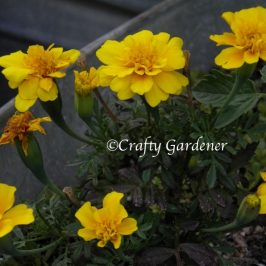
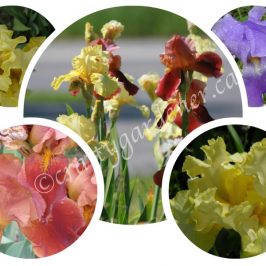
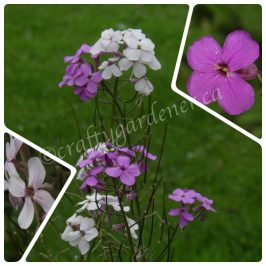
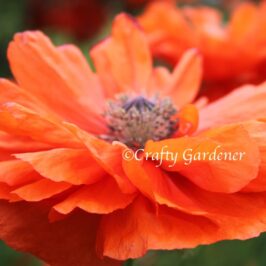
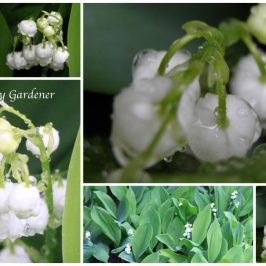
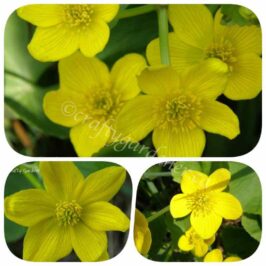
Jennifer Jilks
I was just looking at mine yesterday. I ought to move it, since it isn’t getting enough sun.
Linda
I must get some of this, it’s very pretty and the bees must love it. Have a lovely weekend. xx